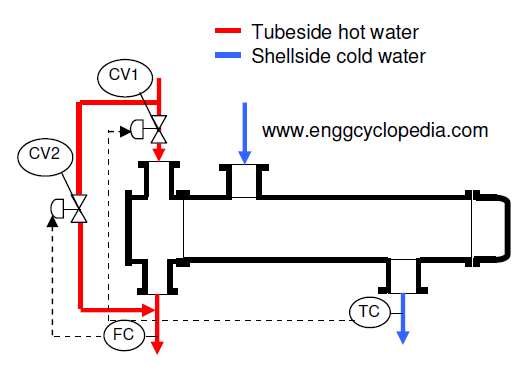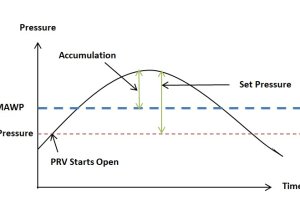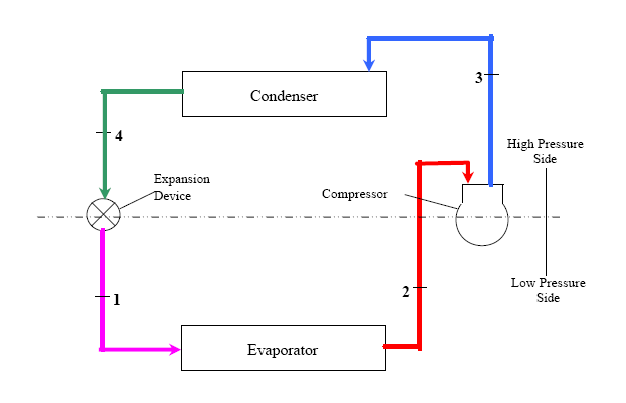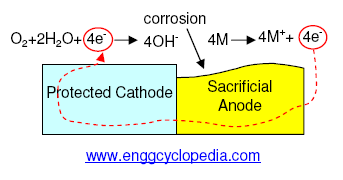Nm³/hr (normal cubic meters per hour) and Sm3/h (standard cubic meters per hour) are both commonly used units of measurement to express gas flow rates. It is important to calculate gas flow rates in both Nm³/hr and Sm3/h because the actual volume of gas can vary depending on the temperature and pressure conditions in the system. By converting gas flow rates to a standardized unit of measurement, it becomes easier to compare gas flow rates between different systems and at different operating conditions.
Table of content:
Normal meter cube per hour
Standard meter cube per hour
Gas flow calculation in Nm³/hr & Sm³/hr
Normal meter cube per hour
Normal meter cube per hour (Nm³/hr) is a unit of measurement used to express the volumetric flow rate of gases under standard conditions of temperature and pressure (STP). The standard conditions of temperature and pressure are defined as 0°C (273.15 K) and 101.325 kPa (1 atm), respectively.
The term "normal" in Nm³/hr refers to the fact that the gas volume has been corrected to its volume under these standard conditions, as opposed to actual conditions which may differ from the standard conditions. This unit is commonly used in the oil and gas industry to express the flow rate of gases such as natural gas, methane, and other hydrocarbons.
For example, a natural gas pipeline may have a flow rate of 1000 Nm³/hr, which means that 1000 cubic meters of natural gas are flowing through the pipeline at standard conditions of temperature and pressure per hour.
Standard meter cube per hour
Standard meter cube per hour (Sm³/hr) is another unit of measurement used to express the volumetric flow rate of gases, but under standard conditions of temperature and pressure (STP) different from those used for Nm³/hr. The standard conditions of temperature and pressure for Sm³/hr are 15°C (288.15 K) and 101.325 kPa (1 atm), respectively.
Like Nm³/hr, the term "standard" in Sm³/hr refers to the fact that the gas volume has been corrected to its volume under these standard conditions, as opposed to actual conditions which may differ from the standard conditions. This unit is also commonly used in the oil and gas industry to express the flow rate of gases such as natural gas, methane, and other hydrocarbons.
It is important to note that the choice of Nm³/hr or Sm³/hr depends on the specific application and the requirements of the industry or region where it is being used. Some regions may use one unit exclusively, while others may use both interchangeably or use one unit in specific applications and the other in other applications.
Gas flow calculation in Nm³/hr & Sm³/hr
Problem Statement
What is the NM3/hr (normal cubic meter per hour) and SM3/hr (standard cubic meter per hour) flowrate corresponding to 100m3/hr of nitrogen flowing through a pipe? Operating temperature of nitrogen stream is 800C. Operating pressure at the point of flow measurement is 25 bar.
Normal temperature and pressure conditions to be used are –
T = 250C and P = Atmospheric pressure
Standard conditions defined by NIST to be used.
Solution
Step1: Determination of normal and standard conditions.
The calculation of normal and standard gas flowrates (NM3/hr and SM3/hr calculation), first requires the normal and standard conditions to be fixed. Normal temperature and pressure conditions are already defined in the problem statement and standard temperature and pressure conditions defined by NIST are to be used.
Normal Temperature TN = 250C = 298.16 K
Normal Pressure PN = 101.3 kPa (atmospheric pressure)
From a list of standard temperature and pressure conditions defined by various organizations, the standards conditions defined by NIST are noted as,
Standard Temperature TS = 00C = 273.16 K
Standard Pressure PS = 101.325 kPa
The operating conditions are,
Volumetric gas flow V = 100m3/hr
Gas temperature T = 800C = 353.16 K
Gas pressure P = 25 bar = 2500 kPa
Step2: Calculation of NM3/hr and SM3/hr.
The next step is calculation of NM3/hr and SM3/hr.
Gas volume is directly proportional to temperature and inversely proportional to pressure.
Hence, gas flow at normal conditions is calculated as,
NM3/hr = V×(TN/T)×(P/ PN)
= 100×(298.16/353.16)×(2500/101.3)
Gas flow = 2083.57 NM3/hr
Gas flow at standard conditions is calculated as,
SM3/hr = V×(TS/T)×(P/ PS)
= 100×(273.16/353.16)×(2500/101.325)
Gas flow = 1908.4 SM3/hr




